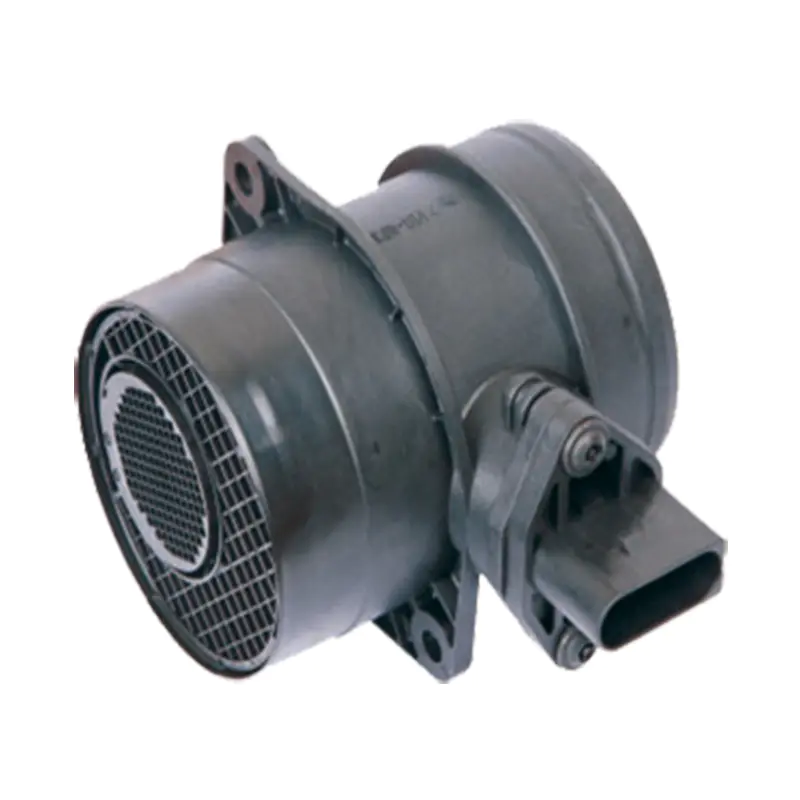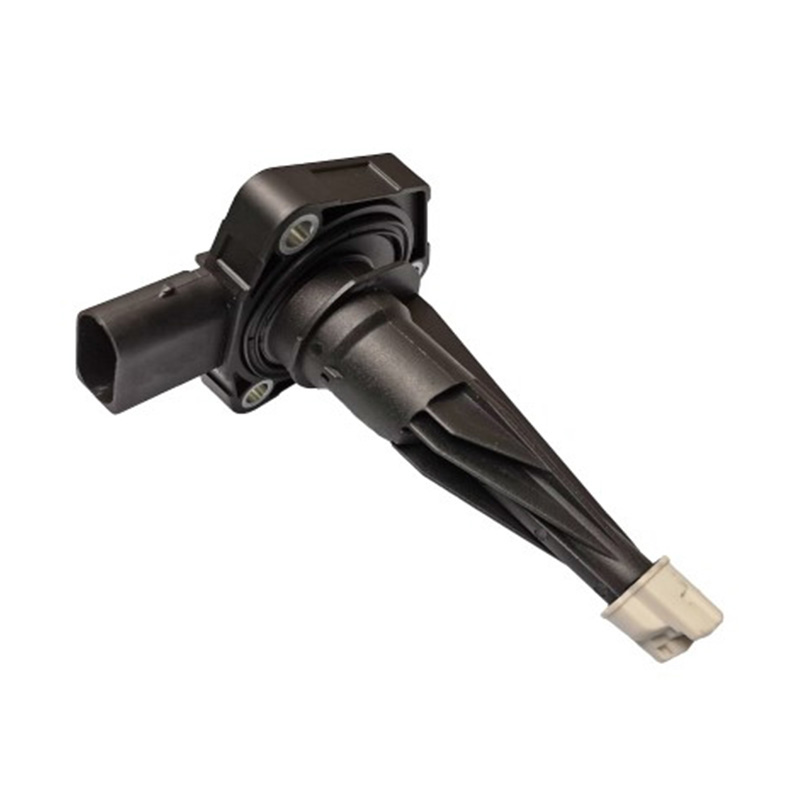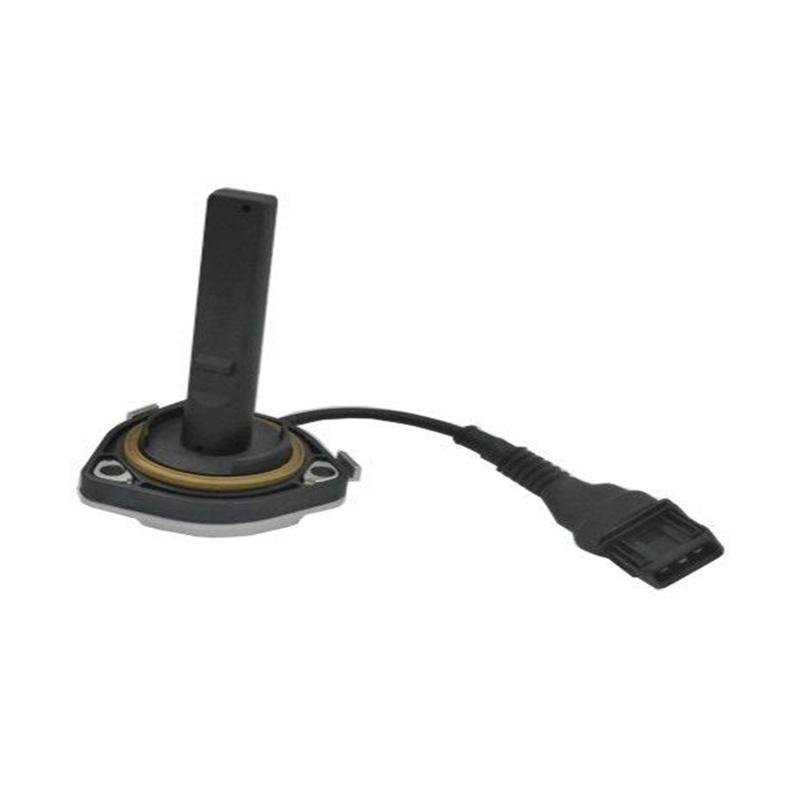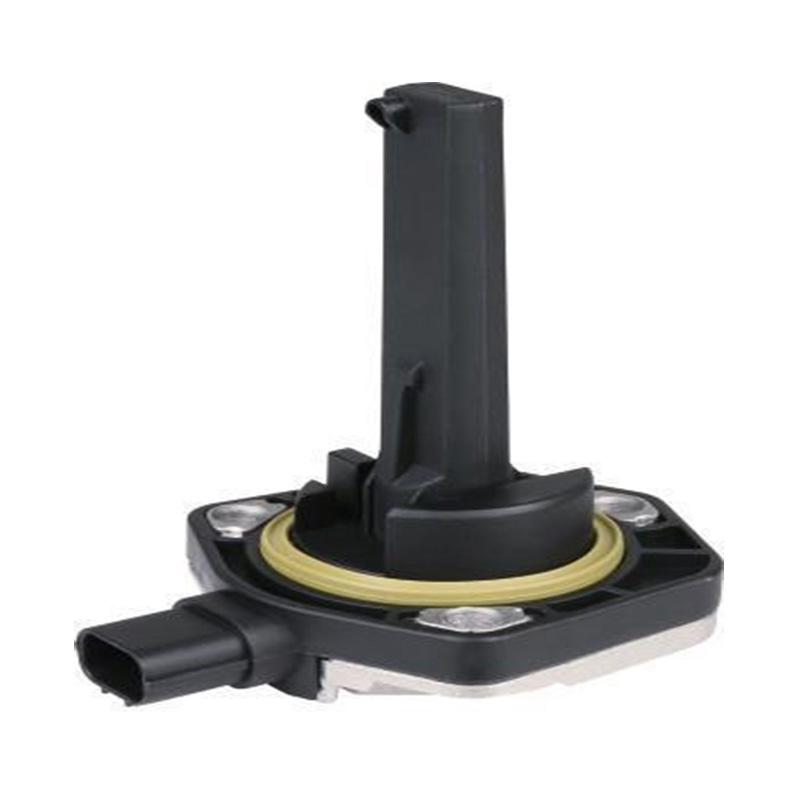OEM.NO:0281 002 461 0281 002 462 0986 284 007
See DetailsPrecision Air Flow Sensor Designed For Engine Efficiency
A precision air flow sensor works by detecting the amount of air entering the engine's intake manifold. This measurement helps the ECU calculate the proper amount of fuel to inject, ensuring a good air-fuel ratio. Maintaining the right ratio is essential for efficient combustion, which directly impacts fuel economy, engine power, and emissions. Without accurate airflow data, the engine might run either too rich or too lean, causing performance issues and increased pollutant output.
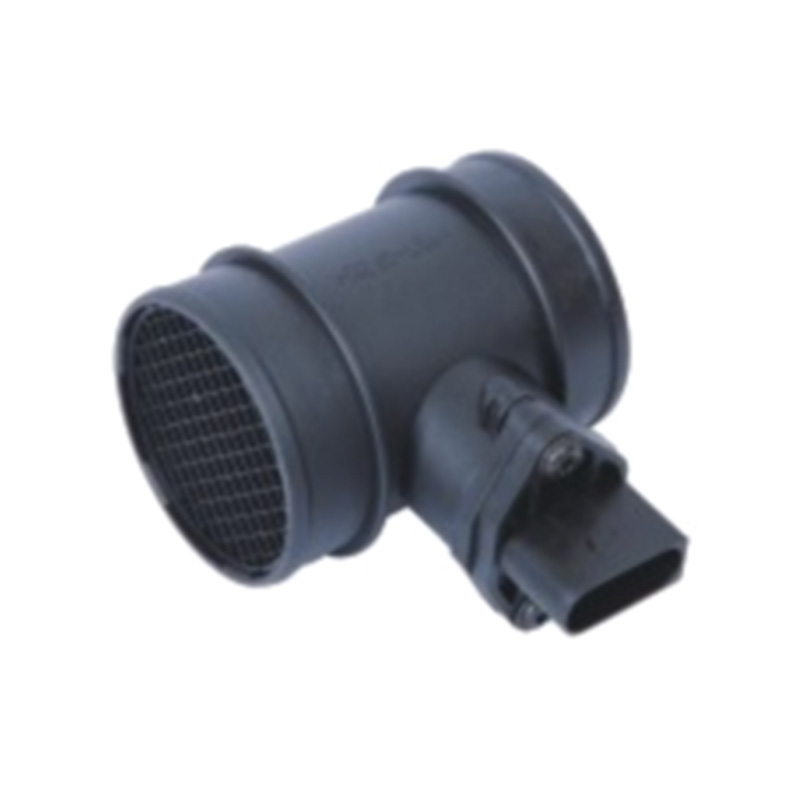
Mitsubishi air flow sensors have been engineered to provide reliable and consistent readings in various driving conditions. These sensors typically employ either a hot-wire or a hot-film sensing element that measures the cooling effect of incoming air on a heated sensor element. As air passes over this element, the sensor detects changes in temperature and resistance, which correlate to the volume and speed of air flow. The sensor then translates these signals into electrical outputs for the ECU to interpret. This technology allows the sensor to react quickly to changes in engine load and throttle position, making real-time adjustments possible.
In addition to accuracy, durability is a significant factor in air flow sensor design. Mitsubishi sensors are built to withstand exposure to temperature fluctuations, vibrations, and contamination from dust or oil vapors. These environmental factors can affect sensor performance, so proper sealing and protective coatings are often applied. Regular maintenance or replacement is recommended to ensure that the sensor continues to function as intended, especially in vehicles exposed to harsh operating environments.
Similarly, mass air flow sensors designed for Mazda vehicles incorporate technologies tailored to meet the brand's engine control requirements. Mazda's engines benefit from sensors that provide consistent airflow measurements across a wide range of speeds and altitudes. The mass air flow sensor measures the absolute mass of air entering the engine, which is a more direct indicator for combustion calculations than volume alone. This distinction is important because air density varies with temperature and pressure, which affects engine performance if not properly accounted for.
The mass air flow sensor for Mazda is commonly positioned between the air filter and the intake manifold. It delivers continuous feedback to the ECU, allowing the engine management system to adapt fuel delivery dynamically. This responsiveness contributes to smoother acceleration and helps maintain emissions standards. Advances in sensor materials and circuit design have improved their resistance to contamination and extended service life, reducing the frequency of sensor-related engine problems.
Both Mitsubishi and Mazda air flow sensors are integral to the wider system of engine management. When these sensors fail or become inaccurate, drivers may notice symptoms such as rough idling, poor acceleration, increased fuel consumption, or a check engine light. Diagnosing sensor issues often involves scanning the vehicle's onboard diagnostics system and testing the sensor's output with specialized equipment. Replacement sensors should match the original specifications closely to avoid compatibility issues.
In terms of installation, both brands' air flow sensors are designed for straightforward replacement, often requiring only basic hand tools. However, care must be taken to avoid damaging the sensor's delicate sensing elements during handling. Proper reconnection and calibration may be necessary to ensure the new sensor communicates correctly with the vehicle's ECU.
Looking ahead, air flow sensor technology continues to evolve. Improvements focus on enhancing sensitivity, reducing response times, and increasing resistance to environmental contaminants. Some newer sensors integrate additional features like temperature compensation or combined sensing for multiple parameters. These advancements help manufacturers meet stricter fuel economy and emission regulations while providing drivers with better engine responsiveness.
In summary, precision air flow sensors are fundamental components in engine efficiency for vehicles such as those made by Mitsubishi and Mazda. Their ability to provide accurate airflow data allows engine management systems to maintain proper combustion conditions. By understanding how these sensors work and the role they play, vehicle owners and technicians can better maintain engine health and performance.
